Toddler Parenting: The Ultimate Crash Course in Being Effective at Work
/Me and my little 'extreme user'
Demanding. Frustrated. Stubborn. Selfish. Emotional. Impatient.
If you’ve ever had a tough boss or a tough client, you’ve probably privately used some of these words to describe him or her.
Yet, if you’re a parent, you know that these adjectives can also easily be applied to another tough crowd: our children.
As my son makes the transition from infant to toddler to preschooler, I’ve been reflecting on how parenting has changed me as a person and as a professional. My theory? Parenting is by far the best crash course – the best on-the-job training you could hope for, really – for improving your effectiveness and success at work. Here are my top three parenting lessons that also help me at work:
Communication and Empathy are #1
The craziest thing about little kids, even ones who are too young to talk, is that they are constantly communicating with you and you are constantly communicating with them. Whether it’s through your words, your body language, your eyes, even your energy – our children soak up all of these cues even when we don’t realize it.
Parenting requires you to be constantly vigilant about what you are communicating and how you are communicating it. Every signal sends a message. For instance, using words to describe our planned activities for the day helps my son create a mental script that he can follow and find comfort in as we move throughout the day. Similarly, If I’m nervous about my son’s doctors appointment, even if I don’t communicate that message verbally, my body language might tell my son that we’re about to enter a situation that makes me anxious, which in turn creates anxiety for him.
In crisis moments, communication – and especially communicating empathy – becomes especially important. One of my favorite parenting books, Love and Logic, outlines a step-by-step process for how to tame a toddler meltdown. The first step is called “locking in the empathy”. Simply put, this means getting down on on your child’s level, making eye contact with them, and starting first by expressing your understanding for their feelings and emotions. By showing your child that you are focusing on him and his experience of the situation, you’re much more likely to make progress trying to calm him down and move on to the next thing.
As professionals, this emphasis on communication and empathy is equally important. Whether it’s making a recommendation for a new strategy, having a tough conversation, or simply nurturing a professional relationship, being mindful about how and what we communicate is vital both for our clients and for our colleagues. How often and how well do you communicate the planned activities for any given client project, or lock in the empathy with a tough colleague who’s not making things easy for you?
Life is about Choices
This is perhaps my favorite toddler trick and it’s all about control – or at least the perception of control. Being a toddler is tough for a lot of reasons, but a big one is that you’re self-aware enough to want to have free choice and independence, but at the end of the day you’re still two years-old, which means you get to do practically nothing on your own (at least, this is what I think being a toddler is all about). When a toddler confronts this inner conflict head on, it’s like instant internal combustion. So, to help ease this disconnect, you offer choices.
Love and Logic talks about offering choices that are first, equally acceptable to you and second, don’t knowingly cause any harm to anyone. To demonstrate this, imagine a scenario in which you struggle every night to get your child to eat vegetables at dinner (in my experience, this is a very likely scenario). You don’t care what vegetables your child eats, but what you do care about is that he has something green on his plate. Instead of asking him, ‘would you like vegetables or a cookie at dinner,’ you ask him, ‘would you like broccoli or green beans with your dinner?’ All of a sudden, the conversation has shifted to one about choices, and usually this is enough. Your toddler feels in control of the situation, and your end goal of getting something green on the dinner plate is accomplished (although whether he eats it is another story).
Since learning about the mind-blowingly effective world of toddler choices, I’ve started playing around with choices at work too. It’s been especially helpful with colleagues when I need to engage them in a conversation about pivoting or redirecting our work to focus on something unexpected. With a little bit of pre-planning before the conversation, I can pick a couple of choices – either of which will work for me – and then present them to the group for discussion. By selecting a few options that I’m ok with and then letting go of the final decision, I’m able to steer the group in a direction that I feel good about, while still including others in the process and giving them ownership of the final decision.
Staying Present and Mindful
By far one of the toughest things about parenting is that our children make it tough to multi-task. Those pesky kids with their needs and wants!
In truth, while we all love to check email while watching TV or doing any number of things at the same time, being a parent forces you to put down your devices, your to-do list, and pretty much everything else and focus completely on your child. Parenting is, in fact, the best form of mindfulness training you can find. Some of my happiest, most fulfilling, and most memorable moments with my son are the ones when I am able to drop completely into parent mode: sitting on the floor building a train set, listening to my son describe his day at school, getting lost in the plot of a playful library book. I may never finish cleaning the house or doing laundry, but I’ll also never regret the moments when I stopped worrying about chores and errands and instead spent my time being completely present with my son.
Being present at work often feels in direct conflict with what I’m supposed to be doing at work, which is being productive. How can I let go of my to-do list and be present at the office when my inbox is overcrowded and my calendar is filled with meetings? My approach to this is to find moments of being mindful in the midst of the day’s chaos. This could look like any number of things, but right now for me it looks like closing my laptop when I’m in a meeting so I can focus on the conversation. It looks like asking how my teammate’s holiday was, and then genuinely listening to the answer. It looks like enjoying the progress my client makes in a workshop, without worrying about the work that inevitably comes next.
At IDEO, I learned about the value of looking to extreme users, or edge cases, for insights into how to design solutions or services that work for everyone. Three years into my parenting journey, I can safely say that toddlers are most certainly extreme users!
How has being a parent changed your approach at work? I’m curious to hear what you think.



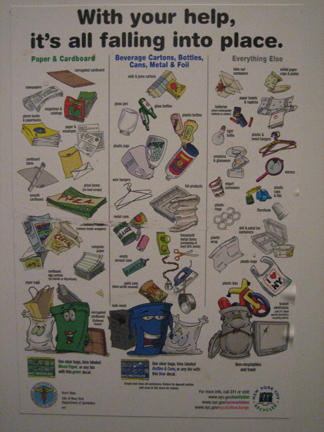

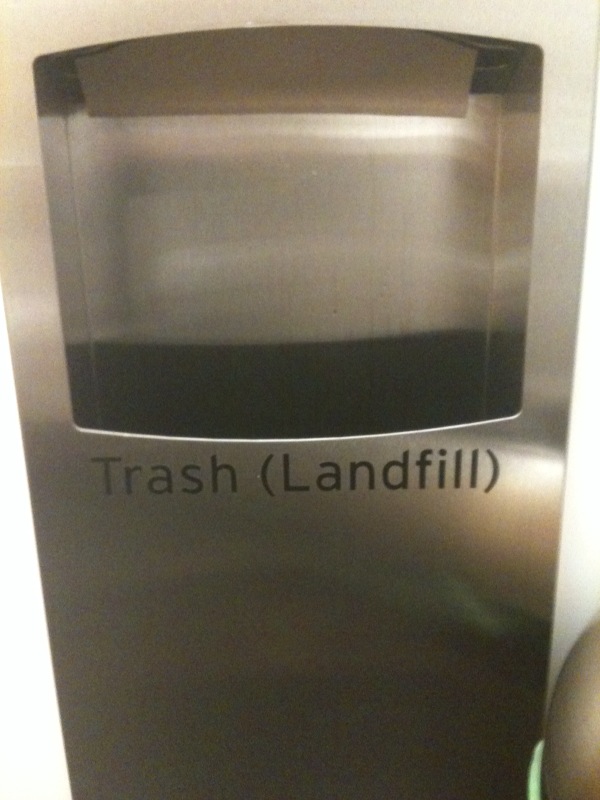


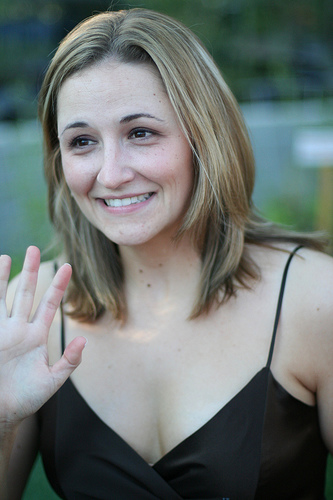
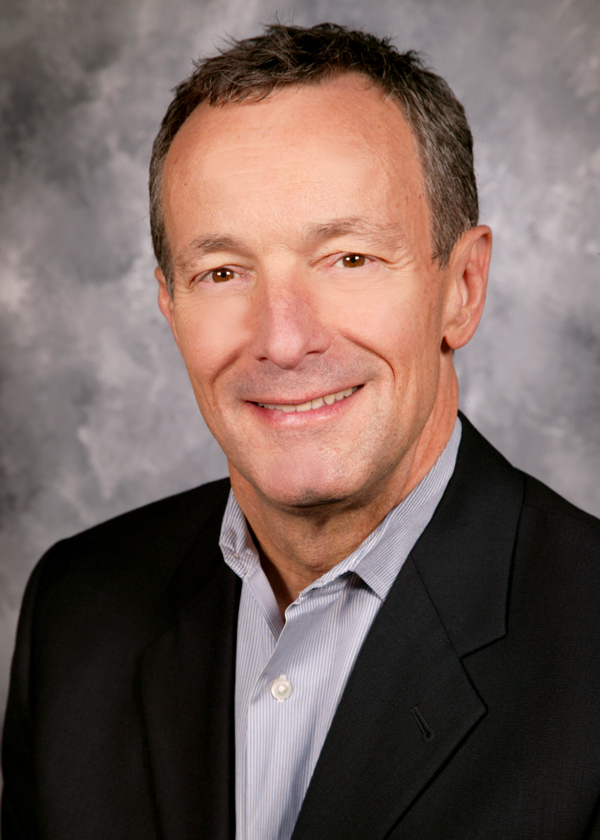 Dan Bross is senior director,
Dan Bross is senior director, 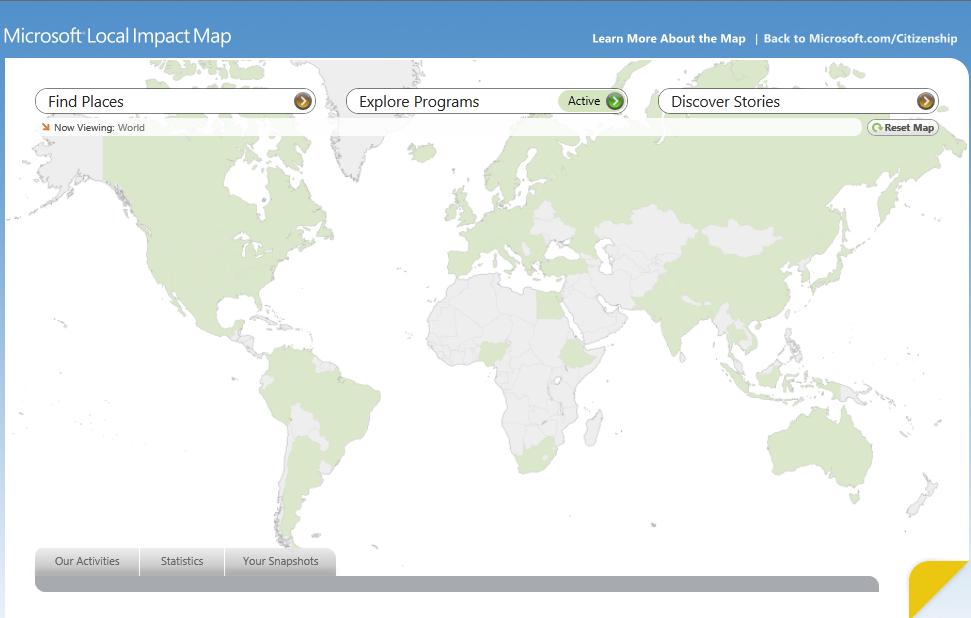 After reading through its website and playing with the map, it became clear to me that Microsoft is doing great work as a responsible and involved corporate citizen.
After reading through its website and playing with the map, it became clear to me that Microsoft is doing great work as a responsible and involved corporate citizen.